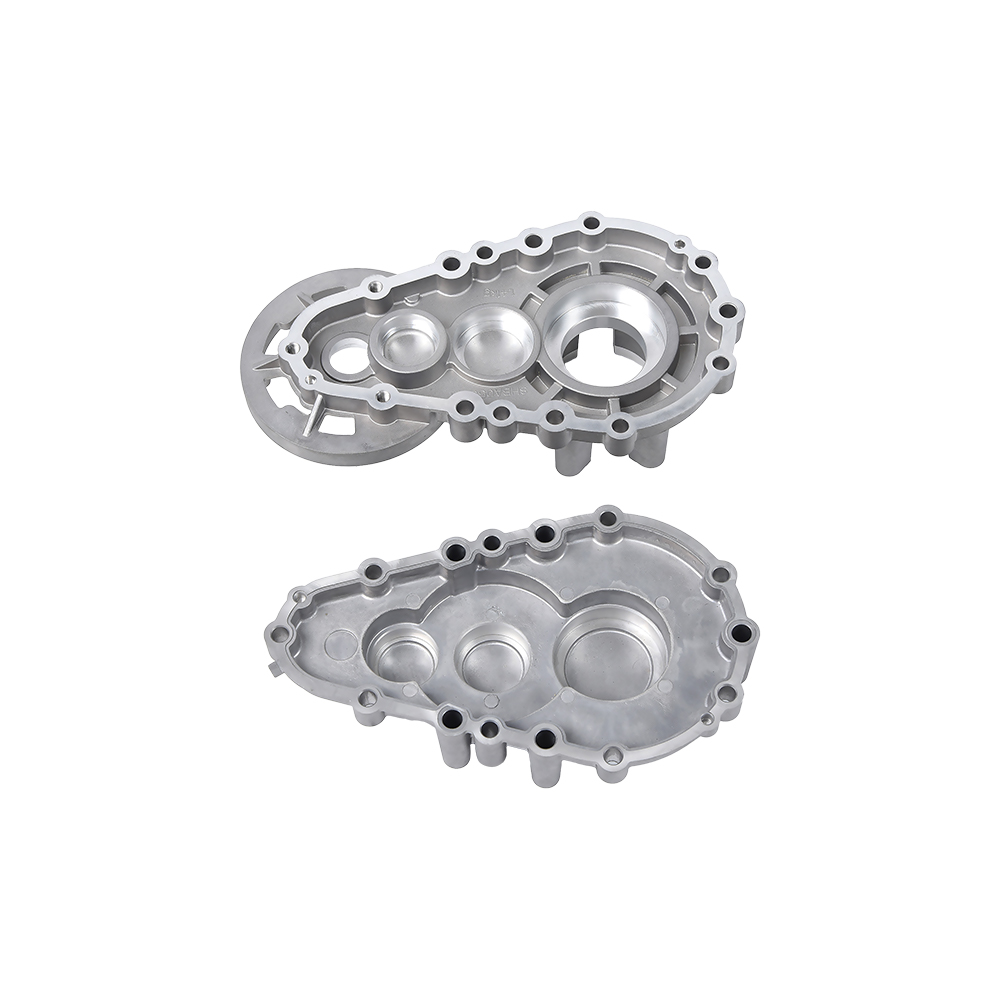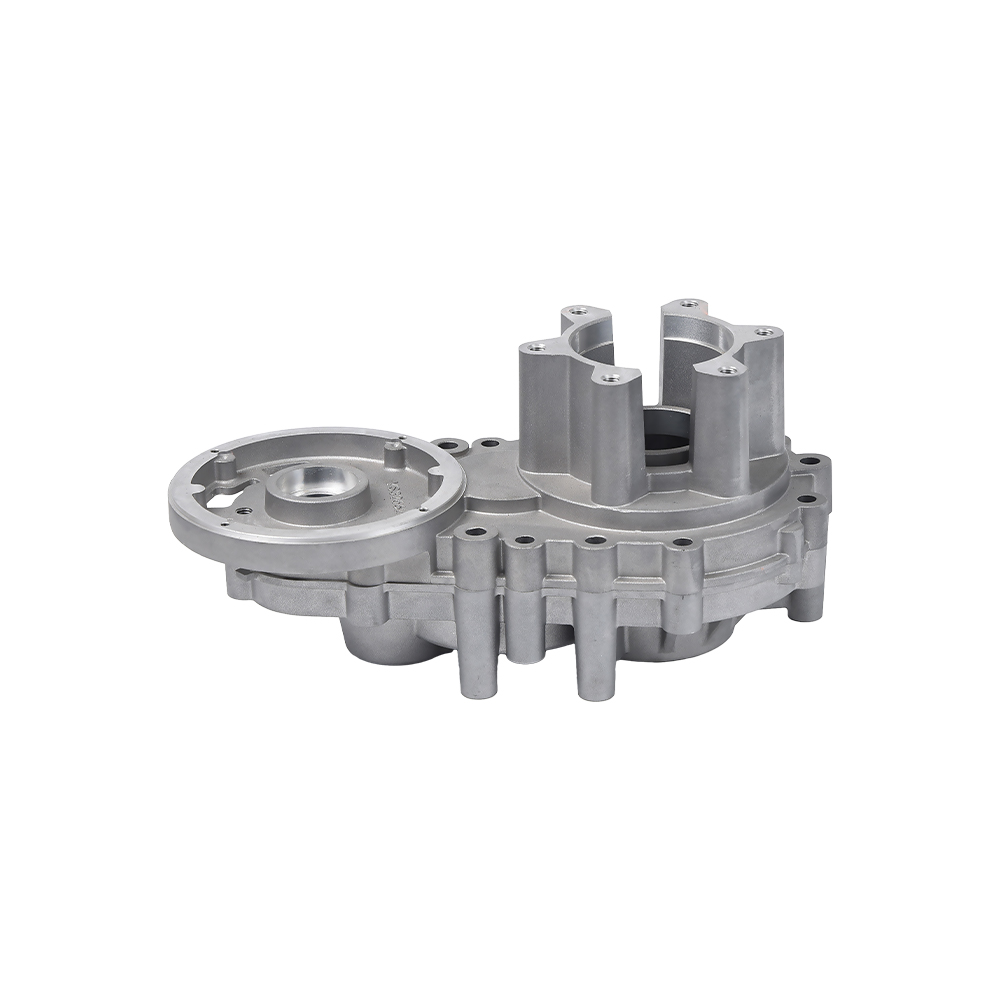There are various surface treatment technologies for aluminum die-cast motorcycle transmission cases, aiming to improve the appearance quality, corrosion resistance and wear resistance of the transmission case. Here are some common surface treatment techniques:
1. Pre-processing technology
Shot blasting
Function: Remove surface oxide scale, oil stains and other impurities, increase post-processing adhesion and improve appearance.
Advantages: High productivity, it can clean, add color and polish the surface of parts. It can also eliminate surface stress concentration and improve fatigue strength.
Sandblasting
Function: The high-speed jet of sand particles hits the surface of the workpiece to achieve the purpose of cleaning and roughening.
Advantages: The cleaning effect is remarkable, and it is suitable for occasions with high requirements on the surface of the workpiece.
Phosphating treatment
Function: Form a layer of phosphate conversion film on the surface of the workpiece to improve corrosion resistance and adhesion.
Advantages: simple process, low cost, suitable for mass production.
2. Post-processing technology
Spraying treatment
Function: Spray a layer of anti-corrosion paint or decorative paint on the surface of the transmission box to improve corrosion resistance and aesthetics.
Common methods: air spraying, airless spraying, electrostatic spraying, etc.
Anodizing
Function: Form a dense aluminum oxide film on the surface of aluminum alloy to improve corrosion resistance and wear resistance.
Advantages: The film thickness is uniform and the colors are diverse, which can be selected according to needs.
Electroplating treatment
Function: Plating a layer of metal or alloy on the surface of the transmission box, such as copper plating, nickel plating, etc., to improve corrosion resistance, wear resistance and decoration.
Advantages: The thickness of the coating is controllable, and the bonding force between the coating and the substrate is strong.
electrophoresis treatment
Function: Under the action of an electric field, the coating solution is dissociated into charged resin ions, which electrophores together with the adsorbed pigment particles to the surface of the workpiece to form a coating.
Advantages: uniform coating, strong adhesion, and good corrosion resistance.
Chemical conversion coating treatment
Function: In the electrolyte solution, the chemical substances in the solution interact with the workpiece to form a chemical conversion film on its surface.
Common types: bluing, phosphating, passivation, chromium salt treatment, etc.
3. Other processing technologies
Polishing
Function: Through mechanical or chemical methods, the surface of the transmission box reaches a certain smoothness and brightness.
Advantages: Improve the appearance and texture of the transmission box.
Thermal spray treatment
Function: Atomize molten metal and spray it on the surface of the transmission box to form a layer of coating.
Advantages: controllable coating thickness, excellent wear resistance and corrosion resistance.
Surfacing treatment
Function: By welding, the deposited metal accumulates on the surface of the transmission box to form a welding layer.
Advantages: It can be used to repair wear or defects on the surface of the transmission box and improve wear resistance.

 English
English русский
русский Español
Español










